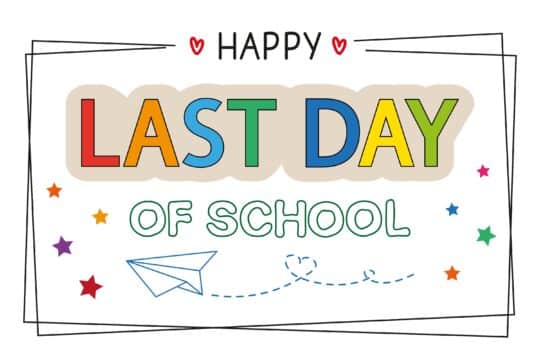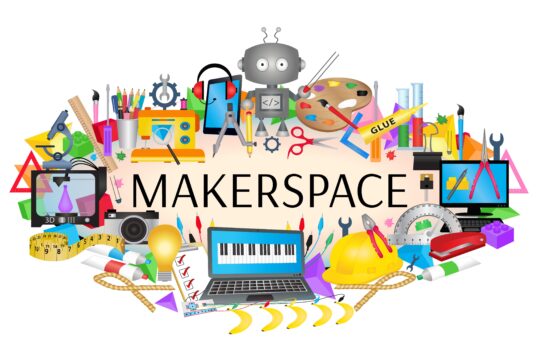What happens when the crewmates can’t perform their task in the popular game Among Us? Among Us is a multi-player social deduction game where players are assigned a position of either a crewmate or an imposter. Children are fascinated with games like these, and teachers are taking notice. Surprisingly, games like Among Us help foster key learning skills and with a little forethought, teachers are learning how to incorporate these engaging games into their classroom.
Why are Games an Effective Engagement Tool?
According to research, using games in the classroom can increase student participation by motivating students through experiences they enjoy and want to continue to play. According to psychologists, play contributes to a child’s cognitive development and helps to foster social and emotional learning. Classroom games also add flair to boring topics or a much-needed break when integrated to relevant learning objectives.
Engaging Classroom Games for Students
Here are some current, popular K-12 classroom games to help motivate and engage learners.
Who’s the imposter?
Among Us is a multi-player game (4-10 players) that takes place on one of three maps: spaceship, sky base, alien planet. Each player in the game is secretly assigned a role of a crewmate or an imposter. The crewmates must complete tasks before getting killed by the imposter or identifying the imposter, while the imposter’s job is to eliminate as many crewmates as they can before being identified. This game fosters many skills: higher-order thinking, problem solving, communication, collaboration, critical thinking, and reasoning to name a few. Teachers can either use this game as a motivational tool (fun Friday) or use the concept of the game. For example, find the imposter with math facts, create your own escape room, or play Among Us using Flipgrid.
Chess
The game of chess is growing in popularity thanks to the television show the Queen’s Gambit. Over 62 million people watched the extraordinary talent of a young orphan playing chess and now everyone wants to give it a try. Teachers can jump on the bandwagon and get their students excited about chess too. What is often regarded as a game of intelligence and logic can also help build confidence in students. Research shows 72% of students say that learning to play chess has made them more confident when learning difficult material. It also shows to increases memory, problem-solving skills, and concentration. Students can learn the game in the classroom or online at Chess.com.
Minecraft
Minecraft is transforming education with millions of students learning with the education edition. This collaborative game, where students work competitively but also together to solve problems and challenges has so many possibilities and potential for different uses in the classroom. The game can be used for a tool for writing – create stories based on your character, as a way to build digital citizenship – effectively communicating with others, or to help make history come alive – show knowledge of historic places or create historic experiences. While Minecraft is a complex game, it’s also very engaging and can really help to develop key skills that students need to learn.
The Stand-Up Game
The Stand-Up game also known as the “Nunchi Game” in South Korea, is a popular classroom game that can be played in-person or virtually. The goal of the game is for students to one at a time stand up and say a number, but if two students stand up at the same time, then they are out. If playing virtually students just shout out the number versus standing up. To play, choose a number to count up to. Instruct students that one student must stand up and say the number 1. Then a different student must stand up and say number 2, and so on up to the number you choose to go to. Any student can stand up at any time, but if two students stand up at the same time, then they lose.
Kahoot and Quizizz
Interactive game platforms like Kahoot and Quizizz are so engaging that many teachers are now reporting that their students are requesting to play them as part of their learning. These free gamified quizzes are a great tool for teachers to scaffold and can be calibrated to any ability level. Students love playing them because they are not only fun but “you don’t feel like you’re learning when you play”, said one student.
Story Cubes
Story Cubes are a literacy and story-telling tool (or game) that teachers can use in their classroom. There are 9 dice with 54 images total. You can purchase the original set, the action set, or voyages set. By rolling the dice, a different set of images is revealed, and students must tell a story that involves all nine images. These cubes can be used individually as a writing prompt to help students write a story or be used competitively as a game. If using as a game, break students up into three teams. Then, instruct students to roll the die and together as group come up with a story. Then one member of each group reads the story to the class and students vote on the best team’s story to see which group wins!
Games can have a powerful impact on learning and are also quite useful in the classroom because they allow students to socialize and learn to communicate better with one another. When implementing games, don’t rule anything out; many games can help develop a slew of practical skills that you didn’t even think about before.




